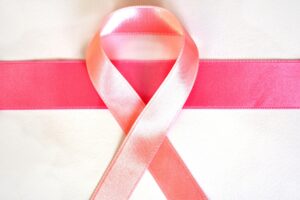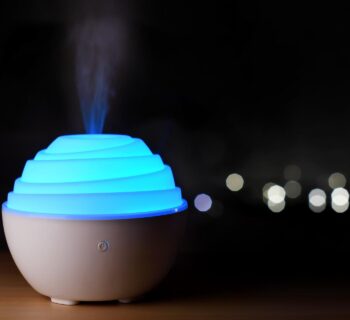 Small breasts. Big breasts. Saggy breasts. Perky breasts. No matter the physical character of your breasts it's important to take care of them. Neglected breasts can bring on other health issues so take the necessary precautions to avoid future health problems.
Small breasts. Big breasts. Saggy breasts. Perky breasts. No matter the physical character of your breasts it's important to take care of them. Neglected breasts can bring on other health issues so take the necessary precautions to avoid future health problems.
Neglect can come in the simplest from not wearing the proper bra to skipping mammograms. Simple changes in your breast care practices can help reduce the problems.
Wear the proper size bra
In a chiropractic and osteopathy study it was found that 80% of women wear the wrong bra size. 70% wear a bra that is too small, while 10% wear a bra that is too big. In either case the bra does not offer enough support.
This study is fairly recent, but this is not a new phenomenon and one form of neglect that should be remedied.One of the ways to fix this problem is to have a proper bra fitting. There are bra fitting specialists available at many intimates' stores. Call ahead and set up an appointment to get a proper bra fitting.
Wear a sports bra
Besides not wearing the proper size bra there are women not wearing sports bras while working out. A sports bra helps minimize breast movement, while the body is in motion. The proper sports bra can also reduce nipple chafing.
Another important factor of sports bras are the materials they are made of. Sports bras are made of wicking material to keep moisture away from the skin. Some are also made from microbial materials.
Pre- and post partum women should wear the proper sports bra to support the extra weight of the breast. In some cases, two sports bras may be needed.
Do a monthly breast exam
The Mayo Clinic now deems a monthly breast exam as optional because the percentage of breast cancer found from self-breast exams are minimal. On the other hand, obstetrics and gynecology OB/GYN physicians still recommend continued self-breast exams. Which is right?
Perhaps the percentage of detection is low because women aren't doing self-breast exams regularly? If there is an increase of self breast exams there is a possible chance for increased detection.
Get a mammogram
A mammogram is a test that takes a picture of the breasts with an Xray. There are two types of mammograms: diagnostic and screening. The screening mammogram is to check for symptoms of cancer, while the diagnostic mammogram is used to check the breasts after cancer has been diagnosed.
Although a mammogram is not comfortable, it is necessary. Results in random clinical studies show a reduction in deaths among women between the age of 40 and 74. If you're 40 or older get a mammogram every one to two years.








